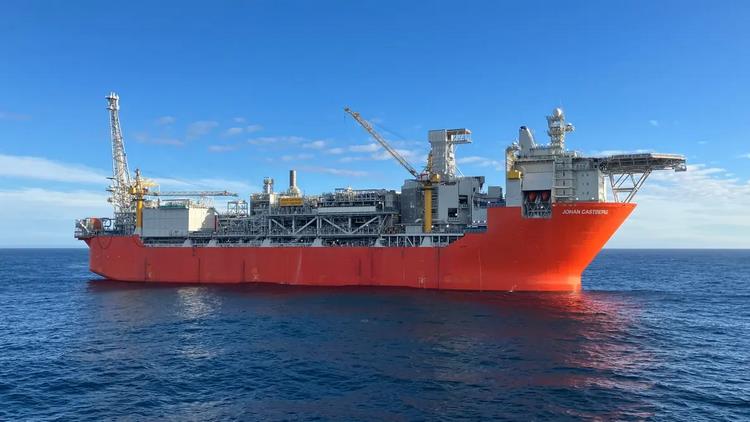
Only three months after coming on stream Johan Castberg is producing at peak capacity of 220,000 barrels of oil per day. This increases energy deliveries from the Barents Sea by 150%.
The early operation phase has gone according to plan, the field reaching plateau production on 17 June. Seventeen of a total of 30 wells have been completed. The wells that have come on stream are producing as expected.
'Johan Castberg represents a gamechanger for the importance of the Barents Sea for Norway's future as an energy nation. Every three to four days, tank loads now depart from Johan Castberg, each of them worth around half a billion Norwegian kroner. The field will remain on stream for at least 30 years, delivering stable energy to Europe, generating high value for Norway, and ripple effects and jobs in Northern Norway,' says Kjetil Hove, Equinor's executive vice president for Exploration & Production Norway.
The new production vessel (FPSO) came on stream on 31 March, opening a new area for production in the Barents Sea. The first cargo was loaded by the tanker Bodil Knutsen on 25 May, shipping around 700,000 barrels to Spain. Almost all oil from the NCS is currently delivered to Europe.

'The Johan Castberg volume base initially estimated at 450-650 million barrels, our ambition is to increase the reserves by between 250-550 million barrels. We are already planning six new wells to extend plateau production. The Isflak project will be a rapid field development with an investment decision at the end of the year and start-up in 2028. In addition, we will drill one or two exploration wells annually near Johan Castberg,' Hove adds.
New exploration targets have been matured in the Johan Castberg area. Going forward, two rigs will be drilling new exploration wells in the areas around Johan Castberg and Goliat. They will also drill production wells for the fields.
The Johan Castberg partners are:
- Equinor Energi AS, operator (46.3%)
- Vår Energi ASA (30%)
- Petoro AS (23.7%)
Source: Equinor











